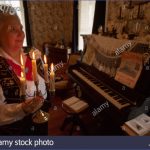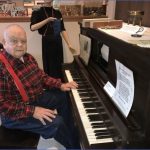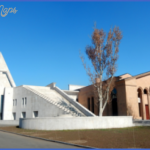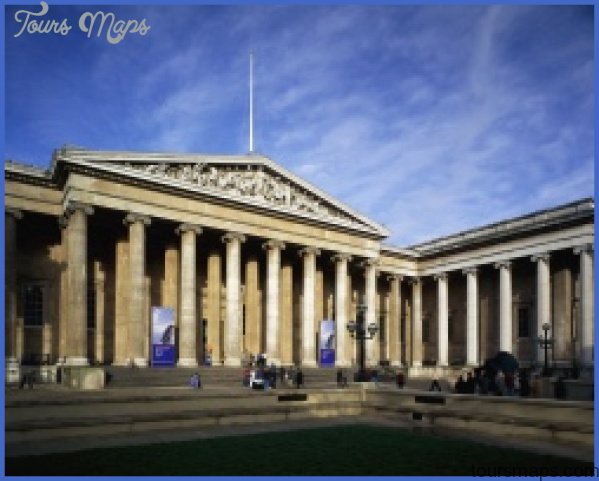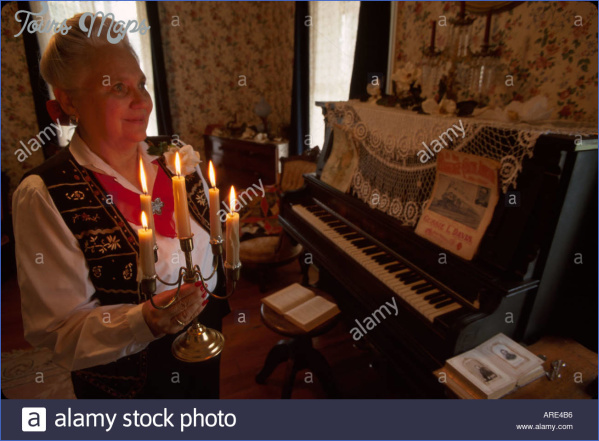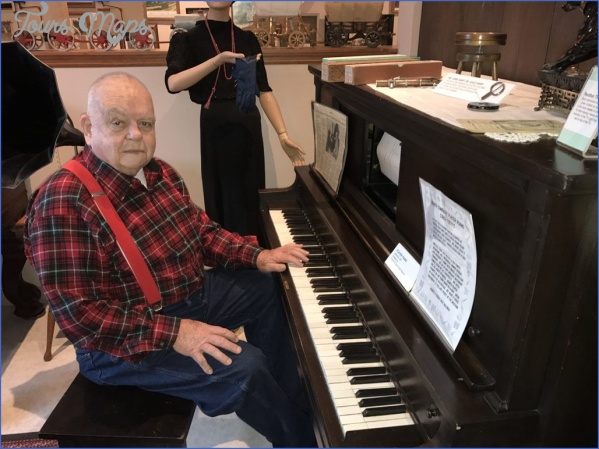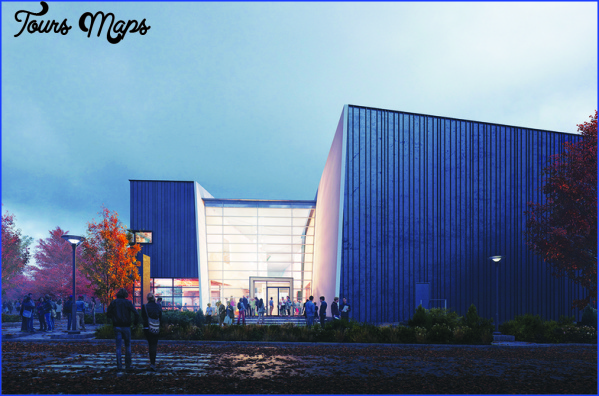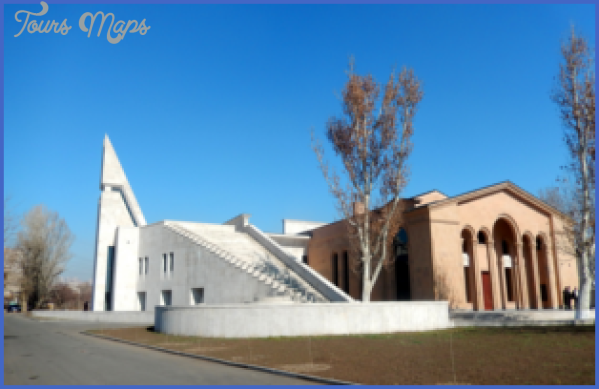Cultural memory and custodianship
The cultural memory of a literate and sophisticated society is bound to be determined by what has survived and has in some way been recorded for future generations. In the arts, the earliest collectors were the wealthy and the literate; accordingly, more often than not, we have inherited the objects – or such of them as have survived – that princes and bishops valued and wanted around them. In Europe, their castles and their cathedrals dominate our oldest architecture; and the art and imagery, the literature and the record-keeping, the music and music-making that best served their ends still colour our collective cultural identity.
The early history of music is largely informed by what those two groups chose to safeguard for themselves and for future generations. Because of the particular nature of music and the social and professional position of musicians, up to early modern times, only a small proportion of what was produced has survived, much of it anonymously. Not until the 18th century do we have relatively complete artistic legacies of individual composers, some of the material printed but much of it in manuscript. The earliest printed music dates from the end of the 15th century, but even as late as the 18th a great deal of music, especially when written for the church or the theatre, existed only in manuscript. Little is known of the daily lives and circumstances of early musicians except insofar as it pertained to the life of a church or a court; archival documents provide only the barest details.
HERITAGE AND THE COMPOSER MUSEUMS Photo Gallery
Not until the late 18th century did heirs and admirers begin to preserve the personal possessions of composers, or other objects associated with them. Some such collections have been passed down to the present day. They include the musical sources themselves, the manuscripts and printed editions; the means, which is to say the musical instruments and other tools of their trade; and affirmation of their musical activities, for example in reminiscences, diaries, correspondence, reports and reviews as well as various forms of iconography and, from the 20th century, recordings. In the 19th century came a more acute awareness of and interest in the personalities and lives of great composers. Succeeding generations collected and preserved not only what was of direct musical import but also quite mundane objects, such as furniture, collections of books, clothes and other personal artefacts. This curiosity, even reverence, about the way of life of great creative artists led inevitably to an interest in the actual buildings in which they lived. The acquisition of such buildings offered an opportunity to experiment with re-creating the composer’s world, using such artefacts as might have survived, but in any case using the hallowed space they inhabited. This increasing enthusiasm for the past, and in the doings of great men, was not of course exclusive to the world of music: the Shakespeare birthplace in Stratford-upon-Avon was acquired for a museum in 1847, and the Goethe birthplace museum in Frankfurt am Main was opened in 1859. The first composer museum opened in 1880. Today, the number and variety of surviving collections and sites within Europe associated with specific composers are likely to astonish even the best-informed music lover.
Nature, conflict and commerce – the ravages of the elements, war and property development – have not always served these sites benevolently. Many have simply not survived (as we shall see in Chapter III). And often some, especially those from remoter times, are lost to us: we have no idea where Monteverdi or Purcell, for example, actually lived. A number of greatly loved composers have yet to be commemorated by a museum or significant memorial. Sometimes that is because there is no specific site that invites it (or, as with Delius, the obvious site is in a country foreign to the composer) but also because of the effort and energy and finance needed for the establishment of any kind of
Plaque on Delius’s house, Grez-sur-Loing museum. The list of such composers is formidable – to name a few of them, active since 1600: Monteverdi, Sweelinck, Lully, Corelli, Purcell, the Scarlattis father and son, Vivaldi, Rameau, Telemann, Gluck, C.P.E. and J.C. Bach, Boccherini, Meyerbeer, Gounod, Offenbach, Franck, Borodin, Balakirev, Bizet, Sullivan, Faure, Hindemith, Poulenc, Webern. Some of these made their careers in countries other than those of their birth, which creates a special difficulty: no-one is particularly eager to commemorate either a foreigner or a fellow countryman who settled abroad. But one might reasonably have expected Mantua or Venice to celebrate Monteverdi, Paris Lully, Venice Vivaldi, Dijon Rameau, Lisbon Domenico Scarlatti, Berlin or Hamburg C.P.E. Bach, Madrid Boccherini, perhaps London Sullivan (Gilbert is remembered at the Grim’s Dyke Hotel, formerly his villa, at Stanmore, north-west of London).
Those sites we do have vary enormously in scale and scope, from the professionally managed and fully staffed institution to a room or two within a house still occupied by members of the composer’s family. Among the former, prime examples include the Handel-Haus in Halle, the Mozart Geburtshaus in Salzburg, the Beethoven-Haus in Bonn, the Grieg house at Troldhaugen near Bergen and the Tchaikovsky house at Klin. Several others are family homes, among them the Verdi villa at Sant’Agata and the d’Indy country house at Boffres; these, like the Puccini villa at Torre del Lago Puccini, which is still in the ownership of the family but not lived in by them, were built under the direction of the composers themselves. A few composers have actually lived in their own museums: in Moscow, Aleksandr Goldenweiser willed his entire estate to the State in 1955 and opened his flat to the public while continuing to live in it until his death six years later; and his widow remained there for many years. There are other examples: we were shown Rimsky-Korsakov’s dachas by his granddaughter, Revuts’ky’s flat in Kiev by his son, Lyudkevych’s study in L’viv and Walton’s island paradise in Ischia by their respective widows, Wildgans’s house outside Vienna by his sister-in-law, Saar’s cottage deep in the Estonian countryside by his niece, Parry’s refuge in the Sussex downs by his great-granddaughters.
Composers may often have been able to choose where they lived, and though some preferred isolation most, perforce, lived in urban centres near their places of work. But they could not choose where they were born. Many memorial houses, by virtue of being birthplaces, are in isolated positions, difficult of access, far from the centres of tourism and without the benefit of promotional resources. Numerous 18th- and 19th-century composers of central Europe were the sons of village schoolmasters, born in a cottage or the school itself next to a church. Some, especially in the former Russian Empire, were born in very humble village houses, although others – for example Glinka and Musorgsky – came from the opposite end of the social scale and spent their early years on large estates (Rakhmaninov was not born into an estate, but married into one and spent some of his middle years there).
Maybe You Like Them Too
- Top 10 Islands You Can Buy
- Top 10 Underrated Asian Cities 2023
- Top 10 Reasons Upsizing Will Be a Huge Travel Trend
- Top 10 Scuba Diving Destinations
- World’s 10 Best Places To Visit


